
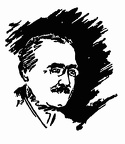 Pierre Mille
Pierre Mille Jane Austen
Jane Austen Guy De Maupassant
Guy De Maupassant Alain René Le Sage
Alain René Le Sage Geoffrey Chaucer
Geoffrey Chaucer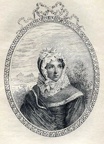 Madam Campan
Madam Campan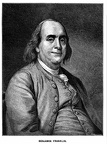 Benjamin Franklin
Benjamin Franklin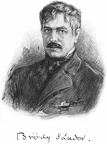 Bródy Sándor
Bródy Sándor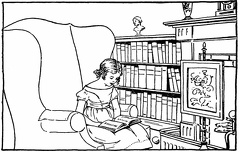 Julia Ward Howe
Julia Ward Howe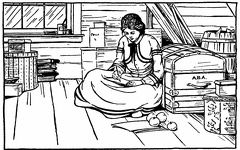 Louisa M. Alcott
Louisa M. Alcott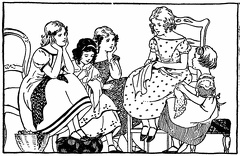 Frances Hodgson Burnett
Frances Hodgson Burnett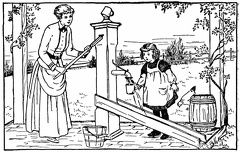 Helen Keller
Helen Keller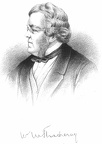 Thackery
Thackery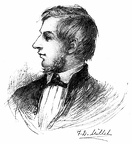 Max Schneckenburger
Max Schneckenburger Romain Rolland
Romain Rolland Jean Cocteau
Jean Cocteau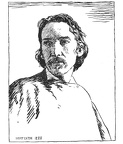 Robert Louis Stevenson
Robert Louis Stevenson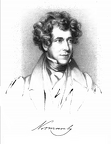 Constantine Phipps
Constantine Phipps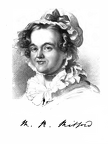 M R Mitford
M R Mitford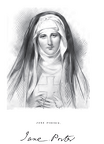 Jane Porter
Jane Porter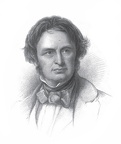 Henry W Longfellow
Henry W Longfellow



